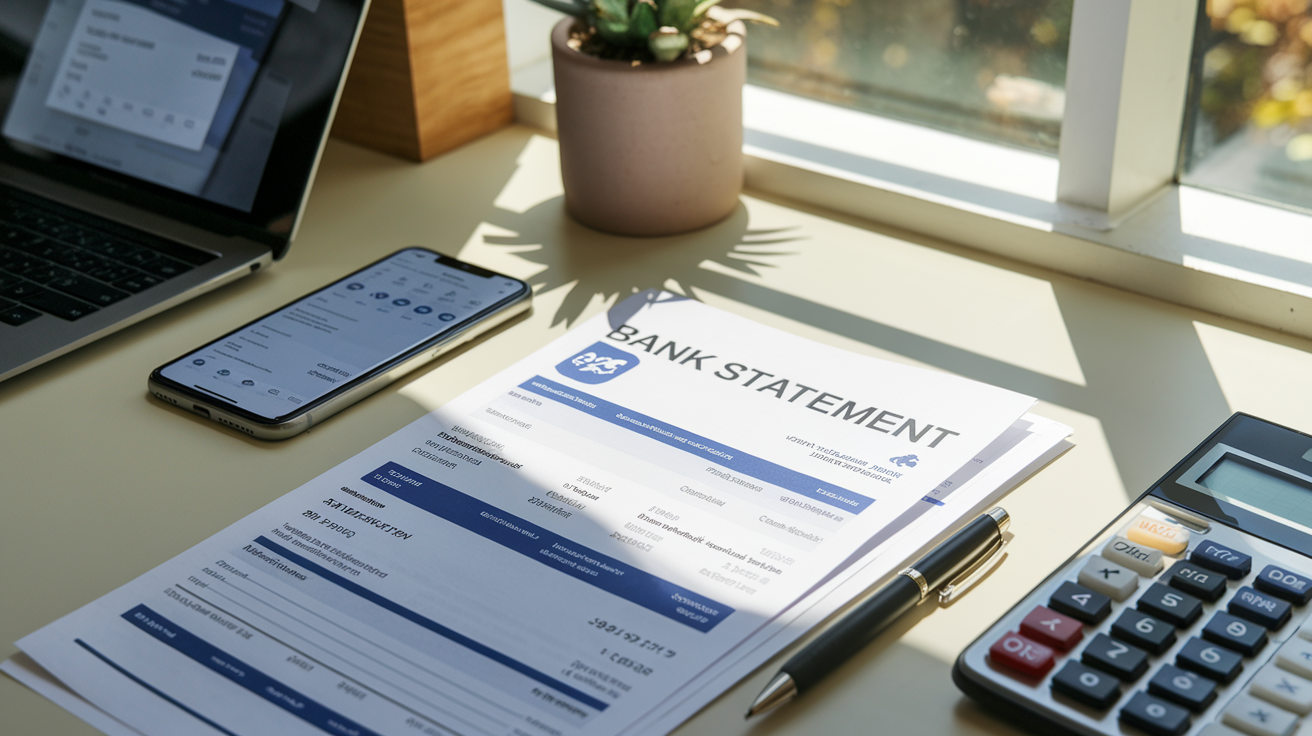Understanding Bank Statement Loans and Non-QM Loans
Have you ever found yourself in a situation where you needed a loan but couldn’t provide traditional proof of income? Maybe you’re self-employed, a freelancer, or an entrepreneur with irregular income. If this sounds familiar, you might have come across the terms “bank statement loans” and “non-QM loans.” But what exactly are these, and how do they relate to each other? Let’s dive in and explore these financial options that could be your ticket to securing a loan.
What Are Bank Statement Loans?
Bank statement loans are a type of mortgage that allows borrowers to use their bank statements as proof of income instead of traditional documentation like W-2 forms or tax returns. This can be a game-changer for those who don’t have a regular paycheck or whose tax returns might not accurately reflect their true income.
- Ideal for self-employed individuals
- Uses bank statements from the past 12-24 months
- Offers flexibility in income verification
The Non-QM Loan Landscape
Non-QM stands for Non-Qualified Mortgage. These are loans that don’t meet the strict criteria set by the Consumer Financial Protection Bureau (CFPB) for Qualified Mortgages. Non-QM loans offer more flexible underwriting guidelines, making them accessible to a broader range of borrowers.
“Non-QM loans open doors for borrowers who fall outside traditional lending criteria.”
Are Bank Statement Loans Considered Non-QM Loans?

Now, let’s address the burning question: Are bank statement loans considered non-QM loans? The short answer is yes, bank statement loans are typically classified as non-QM loans. Here’s why:
- Income Verification Method: Bank statement loans use alternative methods to verify income, which doesn’t align with the strict documentation requirements of Qualified Mortgages.
- Flexibility in Underwriting: These loans often have more flexible underwriting guidelines, a hallmark of non-QM loans.
- Risk Assessment: Lenders may use different risk assessment models for bank statement loans, which can fall outside the standard QM criteria.
Why This Classification Matters
Understanding that bank statement loans fall under the non-QM category is important for several reasons:
- Loan Options: It helps borrowers understand the range of loan products available to them.
- Interest Rates: Non-QM loans, including bank statement loans, may come with slightly higher interest rates due to the perceived higher risk.
- Regulatory Compliance: Lenders must follow specific rules and disclosures when offering non-QM loans.
Who Benefits from Bank Statement Loans?
Bank statement loans can be a lifeline for various individuals and businesses:
1. Self-Employed Professionals
For freelancers, consultants, and independent contractors, these loans offer a way to leverage their actual income rather than what’s reported on tax returns.
2. Small Business Owners
Entrepreneurs and small business owners often have complex financial situations that don’t fit neatly into traditional lending models.
3. Real Estate Investors
Those involved in rental applications or property investments may find bank statement loans more accommodating to their financial structure.
4. Gig Economy Workers
With the rise of the gig economy, more people have irregular income streams that are better reflected in bank statements than traditional documentation.
The Pros and Cons of Bank Statement Loans
Like any financial product, bank statement loans come with their own set of advantages and disadvantages.
Pros:
- Flexibility in income verification
- Accessible to those with non-traditional income sources
- Potentially faster approval process
- Ability to use actual cash flow for qualification
Cons:
- Typically higher interest rates compared to conventional loans
- May require larger down payments
- More stringent cash reserve requirements
- Not all lenders offer these loans
How to Apply for a Bank Statement Loan
If you’re considering a bank statement loan, here’s a general outline of the application process:
- Gather Your Documents: Collect 12-24 months of bank statements, depending on the lender’s requirements.
- Find a Suitable Lender: Not all lenders offer bank statement loans, so research to find one that does.
- Pre-Qualification: Submit your information for a preliminary assessment of your eligibility.
- Full Application: If pre-qualified, you’ll need to complete a full loan application.
- Underwriting: The lender will review your bank statements and other financial information.
- Approval and Closing: If approved, you’ll move forward to close on the loan.
Final Thoughts
Bank statement loans, as a type of non-QM loan, offer a valuable alternative for those who don’t fit the mold of traditional borrowers. They provide an opportunity for many individuals and businesses to access mortgage financing that might otherwise be out of reach.
However, it’s crucial to approach these loans with a clear understanding of their terms, costs, and implications. As with any significant financial decision, it’s wise to consult with a financial advisor or mortgage professional to determine if a bank statement loan is the right choice for your specific situation.
Remember, the world of lending is constantly evolving, and what works for one person may not be the best solution for another. By staying informed about options like bank statement loans and understanding their place in the non-QM loan category, you’re better equipped to make decisions that align with your financial goals and circumstances.



